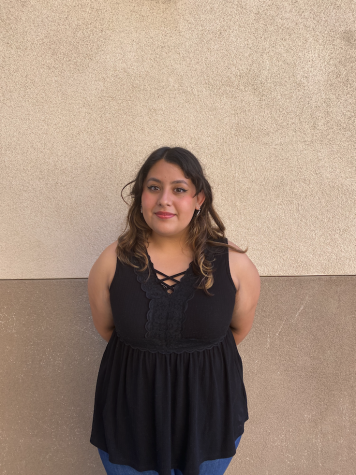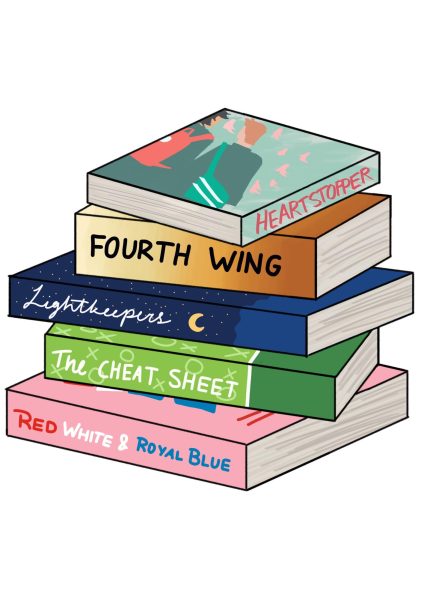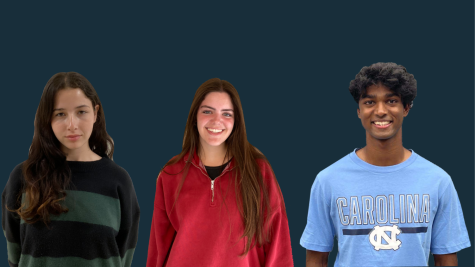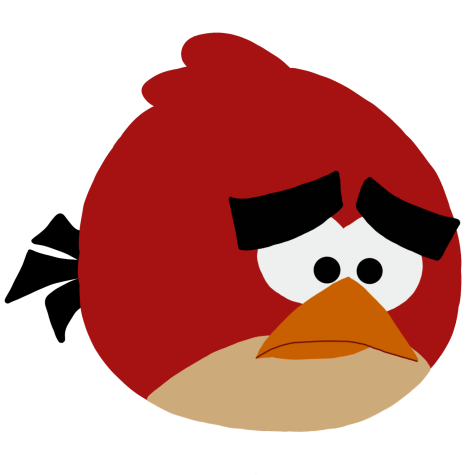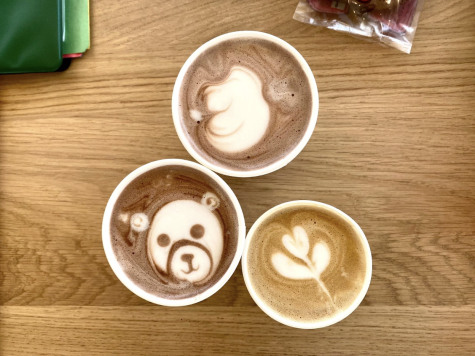Problematic representation in Disney movies
Disney, the well-known childhood-shaping corporation, has been idolized by children and parents alike for decades. Disney has audiences all over the world, reaching almost every age group, yet they still have not been giving proper representation towards people of color. More often than not, when minority groups are represented, they are symbolized by animals or non-human entities for the majority of their respective films. This problematic way of illustrating POC is often harmful to children’s self-image and values who grow up with a lack of representation and harmful interpretations of their culture. Representation is important, especially in childhood films.
One prime example is Princess Tiana, from the Disney Original, “Princess and the Frog.” The movie was released in 2009 and was the fourth Disney film to feature a POC princess who is the main character. The film focuses on a hardworking African American waitress in New Orleans in the 1920s named Tiana, who dreams of opening her own restaurant someday. However, after kissing a talking frog, who later turns out to be a prince, Tiana is also transformed into a frog. The two venture through a bayou in search of a witch to reverse their curse. While the movie ends with a happy ending, the representation in this movie is inadequate and incomplete. With the lack of screen time for Tiana as an actual human, Disney fans felt that this representation was inappropriate. Tiana displays many positive qualities, such as responsibility, independence and determination only for all of them to be undermined by the main focus that she becomes a frog left to rely on Prince Naveen to become human again. The positive traits are overshadowed, and the young POC children do not notice them.
It can be argued that Disney has put more effort into proper representation recently, such as in “Encanto.” However, the association of POC with fantasy and animals is still there. While “Encanto” shines light on hispanic culture and family dynamic, the most realistic character, Mirabel, is viewed as inferior for her lack of fantastical powers. Her independence, open minded spirit and kindness are all droned out by the blaring issue that she does not possess magical powers. Once again, a POC character’s positive values that are vital for children to see are overshadowed, and are shown that they are only valuable if they have something useful to offer to those around them.
By using fantasy and animals to represent POC characters Disney is creating a stigma against POC and feeding negative values that could be, and sometimes are carried from the media into everyday life. Disney needs to do a better job of properly and positively representing minority cultures. It is important that we hold companies such as Disney who have a major influence on children all around the world accountable on how they represent POC.characters.
